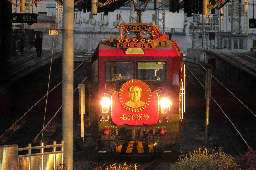Some amazing quotes in this article:
And there’s been an extra edge to their critiques that’s gone beyond standard-issue NIMBYism about too-tall buildings and preserving neighbourhood character. There’s also been a persistent sense of disbelief that Indigenous people could be responsible for this futuristic version of urban living. In 2022, Gordon Price, a prominent Vancouver urban planner and a former city councillor, told Gitxsan reporter Angela Sterritt, “When you’re building 30, 40-storey high rises out of concrete, there’s a big gap between that and an Indigenous way of building.”
The subtext is as unmissable as a skyscraper: Indigenous culture and urban life—let alone urban development—don’t mix. That response isn’t confined to Sen̓áḵw, either. On Vancouver’s west side, the Musqueam, Squamish and Tsleil-Waututh Nations—through a joint partnership called MST Development Corp.—are planning a 12-tower development called the Heather Lands. In 2022, city councillor Colleen Hardwick said of that project, “How do you reconcile Indigenous ways of being with 18-storey high-rises?” (Hardwick, it goes without saying, is not Indigenous.) MST is also planning an even bigger development, called Iy̓álmexw in the Squamish language and ʔəy̓alməxʷ in Halkomelem. Better known as Jericho Lands, it will include 13,000 new homes on a 90-acre site. At a city council meeting this January, a stream of non-Indigenous residents turned up to oppose it. One woman speculated that the late Tsleil-Waututh Chief Dan George would be outraged at the “monstrous development on sacred land.”



White Canadians be like “what, First Nations people think they’re too good for mud huts!?”
As an aside, the use of “tetrize” here irks me. Partially the “we can verb any noun” thing, but it also doesn’t make sense as a reference to Tetris pieces as the tetr- prefix just mean four, so fourize the apartments. The piece type is called a tetromino, so it would be tetrominize.